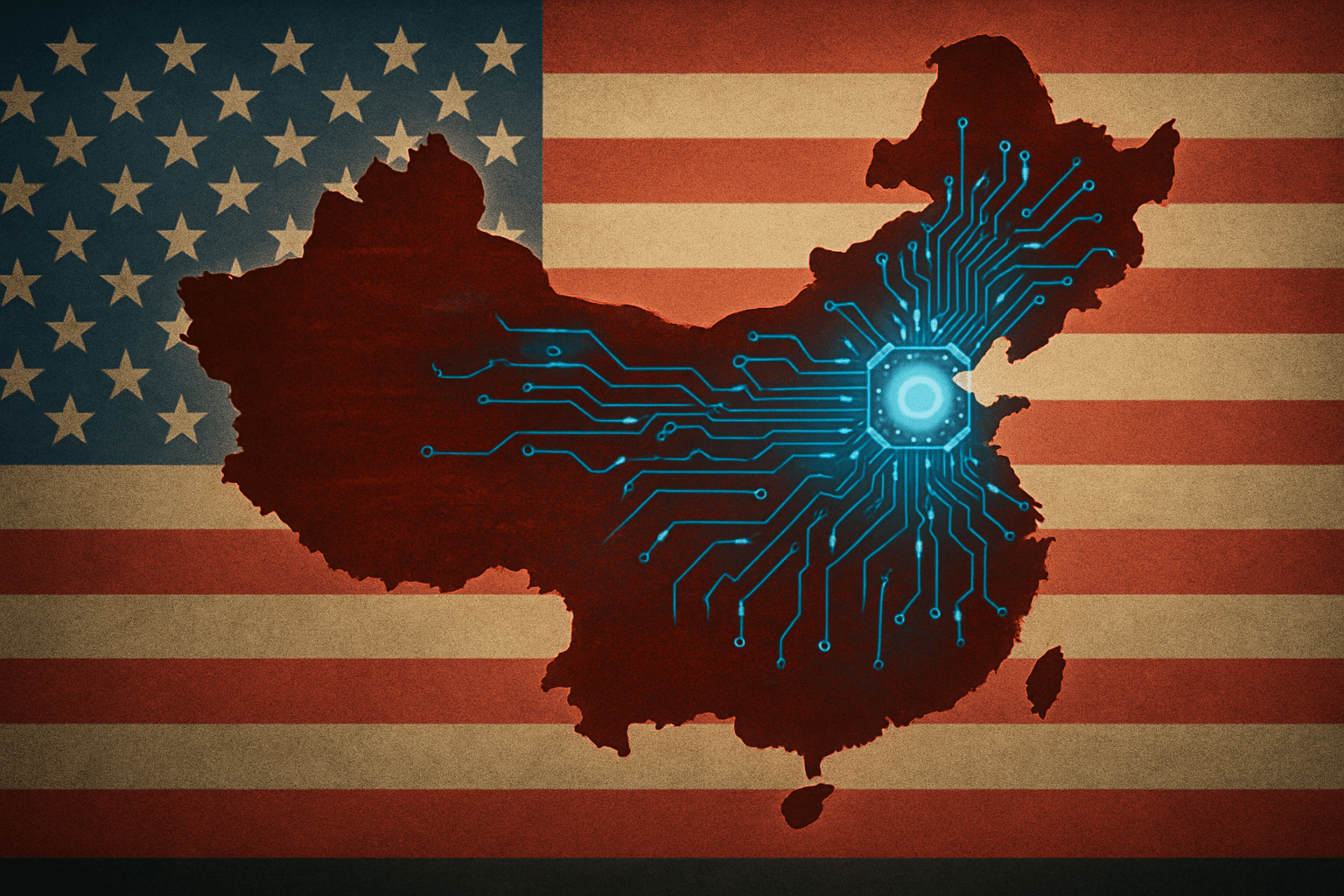Mondelez's Investment in Generative AI: Cutting-Edge Technology Shaping the Future of Marketing
Mondelez, the company behind Oreos and Cadbury, recently made a $40 million investment in generative AI to optimize marketing costs. This move signifies a major shift in the food and beverage...
